The United States has announced the imposition of new tariffs on steel, aluminium, and related products, with rates set at 25%. The European Commission has stated it will reinstate previously suspended countermeasures and introduce additional trade responses.
Background on the Tariffs
The tariffs are a reintroduction of trade measures first implemented during former President Donald Trump’s first term in office under Section 232 of the Trade Expansion Act. In June 2018, the U.S. applied 25% tariffs on steel and 10% on aluminium imports, including from the European Union. While initially exempt, the EU was later included after trade negotiations did not reach an agreement.
In January 2020, the U.S. extended these tariffs to cover derivative steel and aluminium products to prevent circumvention of the measures. In response, the EU introduced countermeasures, with an initial set of tariffs applied in June 2018 and a second set scheduled for June 2021. However, these measures were suspended until March 31, 2025, as part of negotiations between the U.S. and EU.
The latest announcement marks a significant shift in trade policy, reversing an agreement reached under the Biden administration that allowed duty-free metal imports within certain limits. The new tariffs extend to both finished and semi-finished steel and aluminium products, increasing the aluminium tariff from 10% to 25%. Additional duties of up to 25% will be applied to an expanded list of steel and aluminium derivatives, which will be finalized by May 12, 2025.
Projected Impact
According to European Commission estimates, the tariffs will affect approximately €26 billion in EU exports, accounting for around 5% of all EU goods shipped to the U.S. American importers are also expected to incur an additional €6 billion in tariffs based on current trade volumes.
In response, the EU has confirmed that it will fully implement its previously suspended rebalancing measures once they expire at the end of March. Additionally, a new package of countermeasures will be introduced, targeting €18 billion worth of U.S. goods. The European Commission stated that these actions aim to align with the economic impact of the U.S. tariffs and mitigate potential disruptions for European businesses, workers, and consumers.
European Commission President Ursula von der Leyen described the countermeasures as “strong but proportionate” and emphasized that tariffs could increase economic uncertainty, affect supply chains, and impact employment and consumer prices.
Industry and Global Responses
The European Steel Association (EUROFER) has raised concerns about the impact of the tariffs on the European steel sector, describing the U.S. measures as an additional challenge to an already difficult market environment. EUROFER President Dr. Henrik Adam warned that reduced steel exports to the U.S. could negatively affect multiple industries, including automotive, security and defense, and infrastructure.
The tariffs are expected to impact European steel production, which experienced a 9 million-tonne decline in capacity and the loss of 18,000 jobs in the past year. Industry representatives have also cautioned that an increase in redirected steel from other global markets could result in an oversupply in Europe.
Malte Lohan, head of the American Chamber of Commerce to the EU, noted that the expanded tariffs could affect a broad range of sectors in both regions. Similarly, spiritsEUROPE, an industry association, urged that spirits products not be included in retaliatory measures, arguing that they are unrelated to steel and aluminium trade disputes.
Beyond the EU, other nations have also reacted to the new tariffs. Canada has maintained its 25% retaliatory tariffs on key industries, while Australia has described the measures as a violation of its free trade agreement with the U.S. China has stated that it will take “necessary measures” in response but has not yet detailed specific actions. The UK has expressed disappointment and indicated it may consider a response, though it has not announced immediate countermeasures.
As global trade partners assess their next steps, discussions on the broader implications of the tariffs continue, with stakeholders closely monitoring potential economic effects and trade negotiations in the months ahead.
Stay current with supply chain news on The Supply Chain Report. Free trade resources are available at ADAMftd.com.
#USTariffs #SteelAluminiumTariffs #EUResponse #TradeDisputes #GlobalTradePolicy #ImportTariffs #InternationalTrade

















